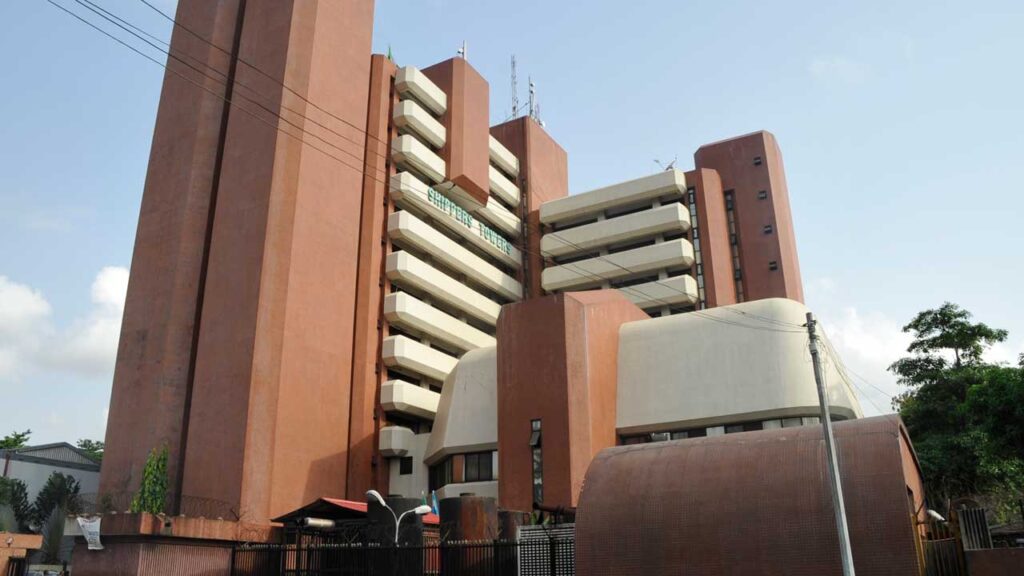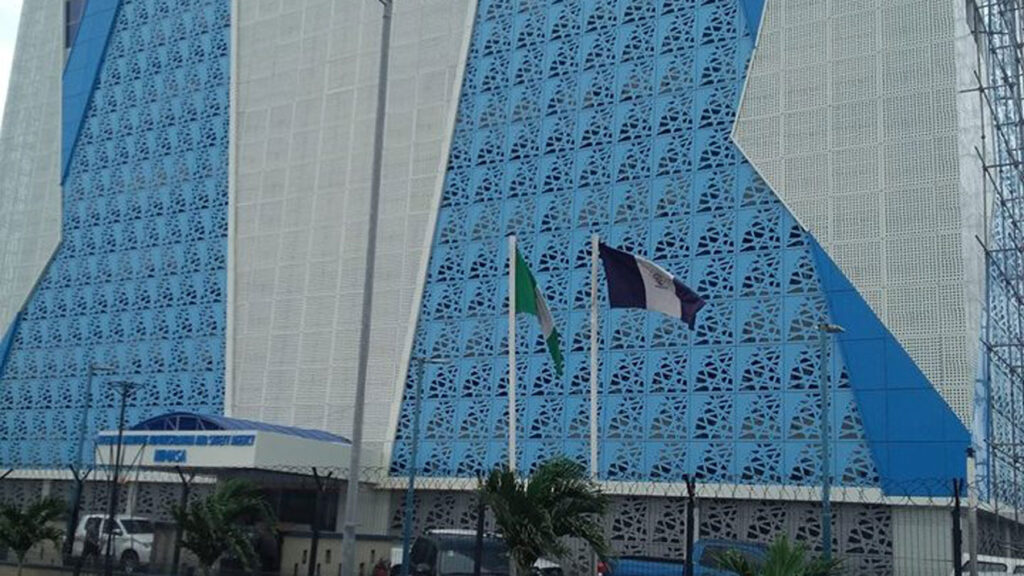
The Nigerian Safety Investigation Bureau (NSIB) has released a preliminary report on the incident involving a Dana Air MD 82 aircraft that skidded off the Lagos airport runway on April 23, 2024, attributing the incident to a failure in the aircraft’s nose landing gear (NLG).
Recalled that following the runway incursion by the aircraft upon landing at the domestic wing of the Murtala Muhammed International Airport in Lagos from Abuja, the Nigeria Civil Aviation Authority (NCAA) announced the immediate suspension of the airline’s Air Operator Certificate (AOC) and commenced an audit.
Hours later Dana Air announced it had temporarily disengaged no fewer than 1,000 of its staff members till the end of the operational audit.
The report, which was released on Friday but seen by The Guardian on Saturday, stated that the Dana Air crew noticed severe vibration and loud noise from the NLG area as the aircraft reached 80 knots during its approach.
The crew’s interrogation revealed that the vibration led to the aircraft veering off to the left and exiting the runway.
“At about 08:37 h, DAN0352 was airborne and climbed to FL300, its cruising level as cleared from DNAA. At about 09:20 hrs, after Descent Out of FL300, DAN0352 was handed over to Lagos Tower, reported its position as 13 miles on the Localizer runway (RWY) 18L and was instructed by the Tower to continue its Approach. The Crew stated that the flight from DNAA was routine until during Approach when DAN0352 was in contact with Tower and was cleared for ILS on RWY 18L.
“On the Final Approach to RWY 18L, the PF called for “GEAR DOWN”, and the PM selected landing gears “DOWN”. According to the first officer, “We got two green lights and one red light, the red being the Nose Landing Gear (NLG) Indication.” The crew stated that they recycled the Landing Gears by selecting UP and then DOWN, but the NLG Indication Light remained RED. The crew then proceeded with the emergency gear extension checklist, but again, the NLG indication red light remained.
“At 09:23 h, DAN0352 informed Tower of its intention to execute a Go-Around. At 09:24 h, while executing the Go-Around, DAN0352 did a LOW PASS over the station and requested the Duty Air Traffic Controller (DATCO) to check if the NLG was down. The DATCO responded,
“It appears down. At 09:25 h, DAN0352 contacted Approach Control requesting to be vectored for another Approach. Approach Control then enquired about the reason for the Go-Around, to which the crew responded.
“We just had an indication here, so we just want to verify everything is okay, but at this moment, we look good, and we are going to try another Approach to RWY 18L.
“The crew stated in the post-occurrence interview that they consulted the MD82 Quick Reference Handbook (QRH) and carried out the QRH items.
“At 09:30 hrs, Approach Control cleared DAN0352 for an ILS Approach RWY 18L. At 09:33 h, DAN0352 contacted Tower, reporting 9 miles Touchdown RWY 18L, and was given weather information: DNMM 0800 UTC; Wind 350o/05 kt runway 18L, cleared to land caution runway surface damp. As the crew selected the Landing Flap position, the Landing Gear Configuration Warning came ON and continued until the aircraft touched down.
“At about 09:38 h, DAN0352 touched down runway 18L. According to the Captain, the landing was soft. During the Landing Roll, the Captain deployed Speed Brakes, after which Thrust Reversers were deployed, and the nose of the aircraft was lowered.
“At this point, the crew stated that severe vibration was accompanied by a loud noise from the NLG area. On reaching 80 knots, the Captain noticed the collapse of the NLG, followed by a loss of directional control. The aircraft then veered off to the left and exited the runway at about 2,094 m from the threshold. It continued on the grass verge, crossed the paved Link 6 and stopped at about 2,343 m from the threshold, about 36 m from the runway centreline.
“Upon the final stop of the aircraft, the Captain shut down the engines and commanded evacuation through the Forward Service Door due to safety concerns on the Main Entry Door side.
“The cabin crew opened the forward service door and the escape slide was deployed. All occupants evacuated without any injury.
“At about 09:41 h, the Tower contacted Ground Control, which activated the Aerodrome Rescue and Fire Fighting Service (ARFFS). According to the crew, as they evacuated, they sighted ARFFS vehicles already taking positions around the aircraft. The event occurred in daylight, and Visual Meteorological Conditions (VMC) prevailed.













